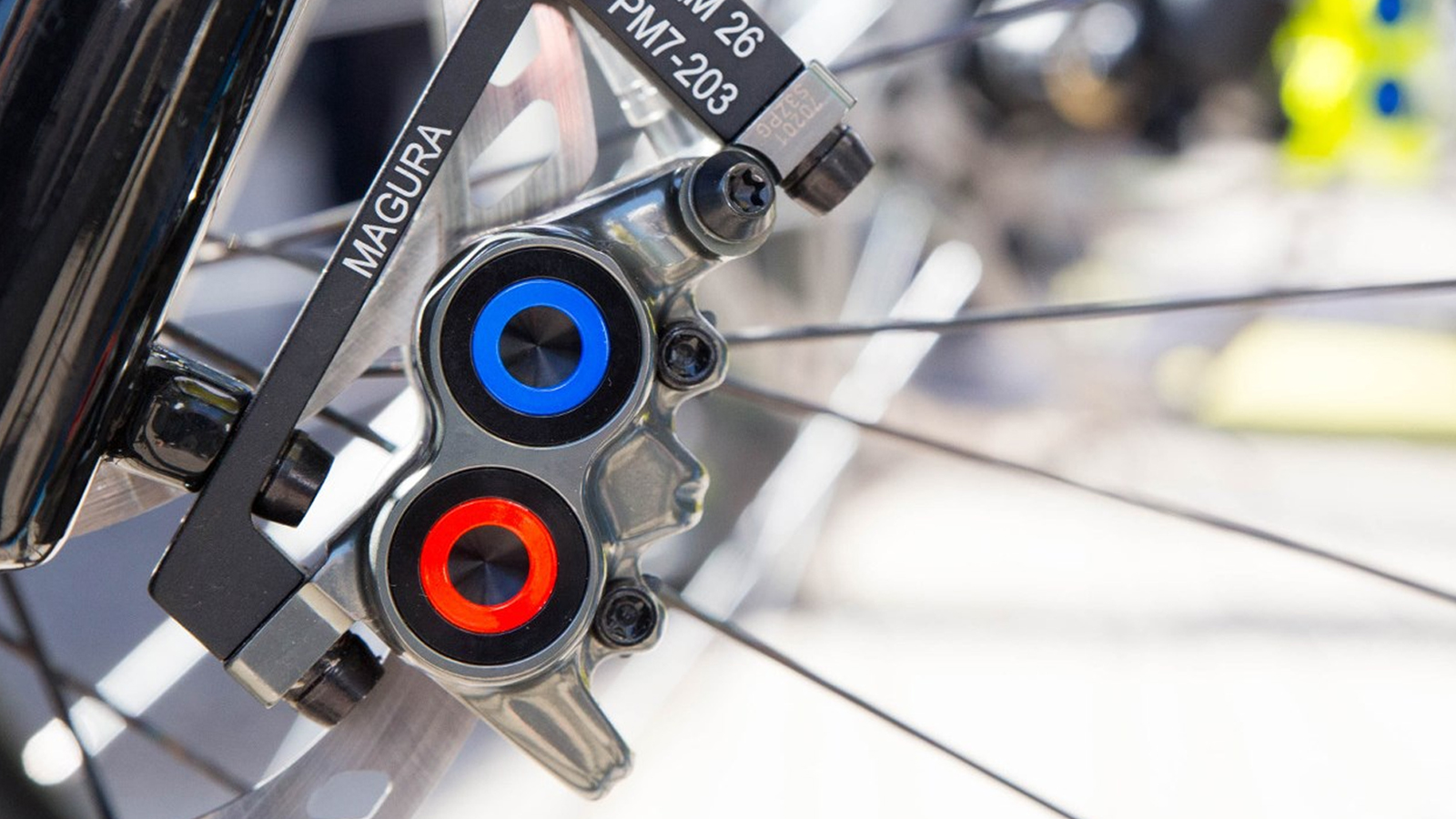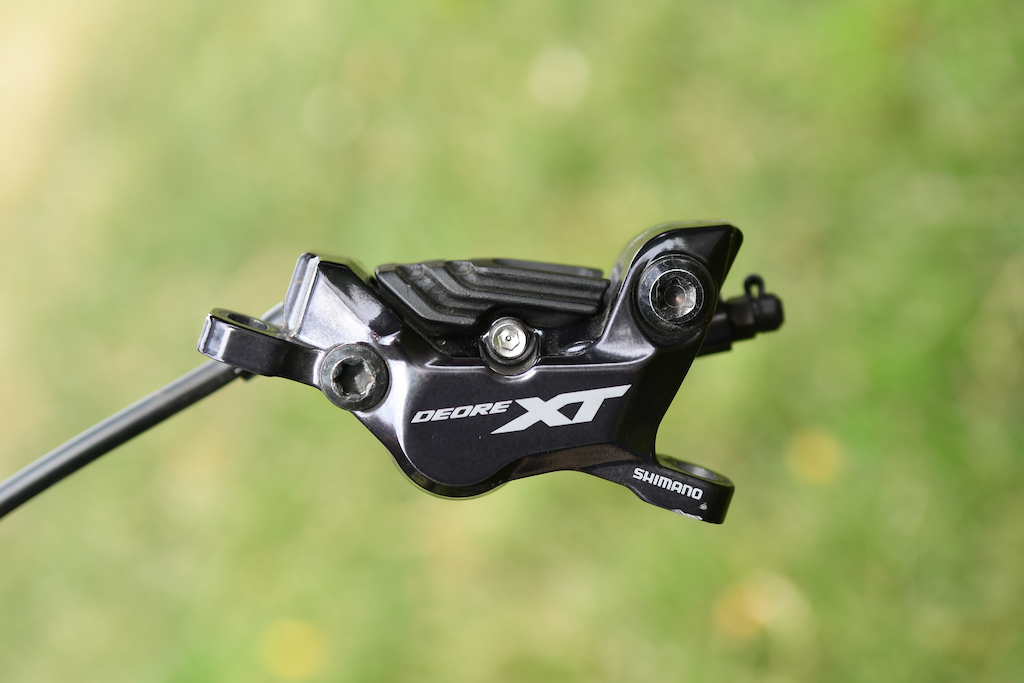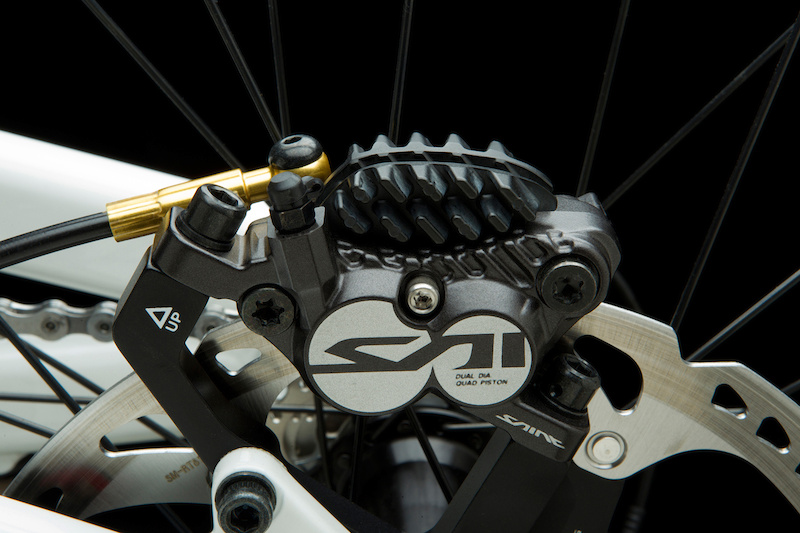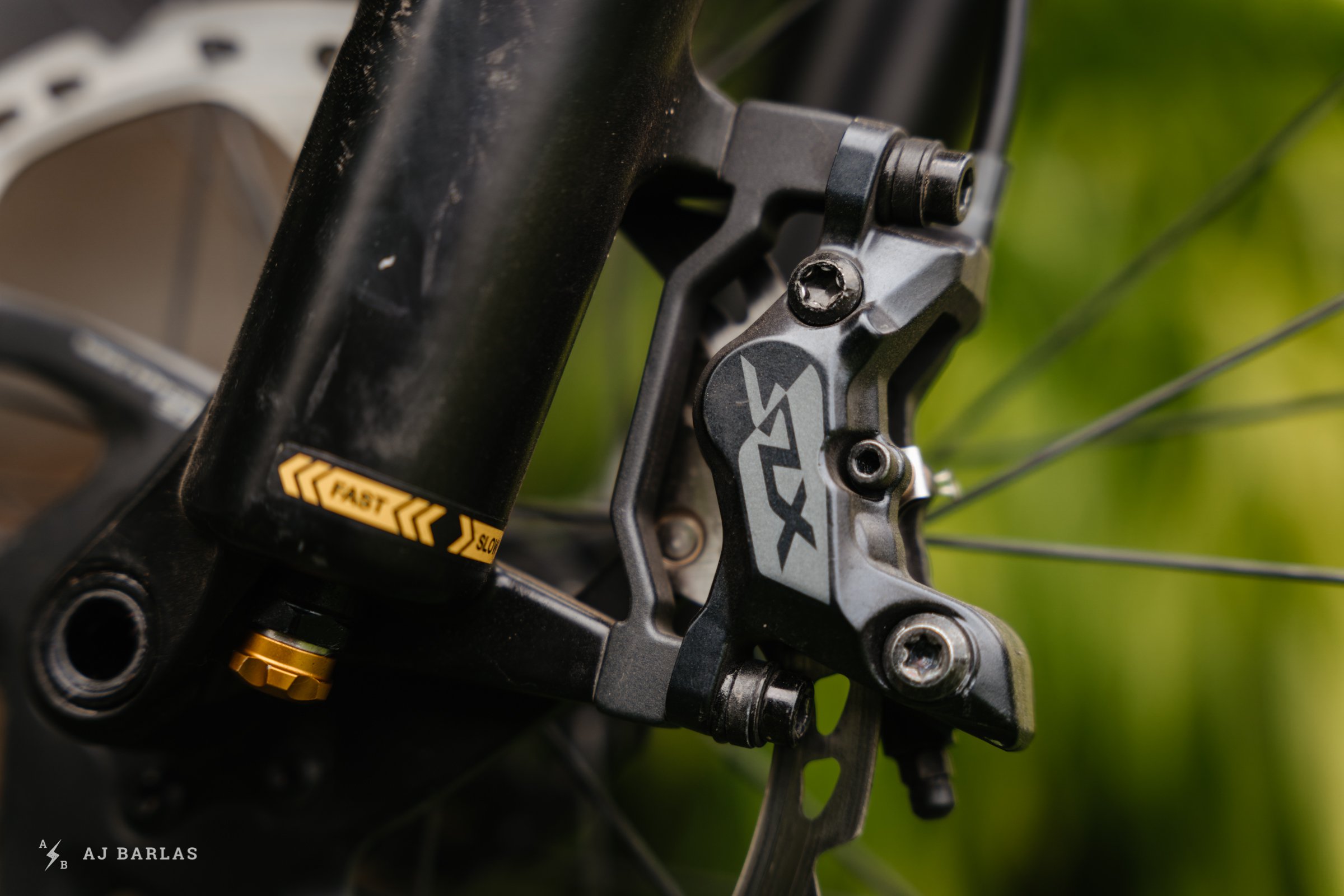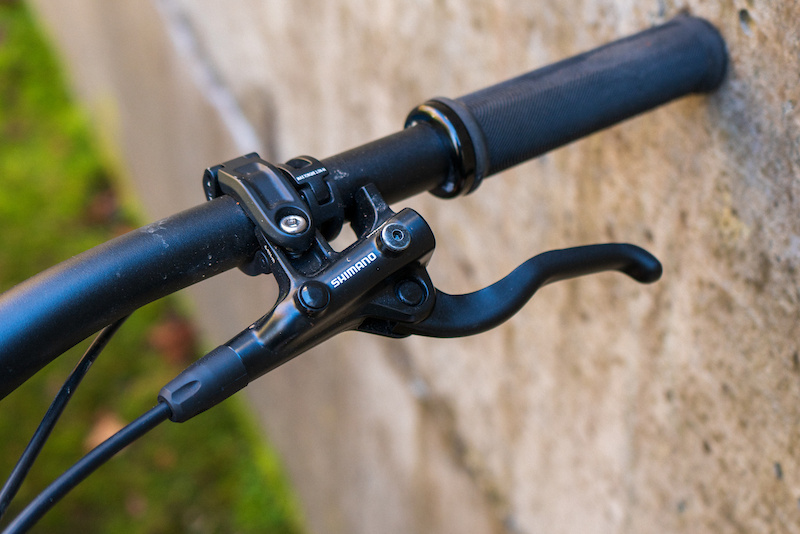Why Upgrade to 4-Piston Brakes for Enhanced Control and Safety
Mountain biking is a thrilling sport that demands precision, skill, and reliable equipment. One of the most critical components of a mountain bike is its braking system, which directly impacts a rider’s safety and confidence on the trails. Traditional 2-piston brakes have been the norm for years, but the increasing popularity of high-performance mountain bikes has led to the development of more advanced braking systems, such as 4-piston MTB brakes. These brakes offer a significant upgrade over their 2-piston counterparts, providing improved stopping power, better heat management, and increased confidence on the trails. By understanding the benefits of 4-piston brakes, riders can make an informed decision about upgrading their braking system and taking their mountain biking experience to the next level.
How to Choose the Right 4-Piston Brake System for Your MTB
Selecting the ideal 4-piston brake system for your mountain bike can be a daunting task, especially with the numerous options available in the market. However, by considering a few key factors, you can make an informed decision and find the perfect brakes for your riding style. One of the most critical factors to consider is the brake pad material. Organic pads offer improved modulation and quieter operation, while sintered metal pads provide better durability and heat resistance. Rotor size is another crucial aspect, with larger rotors offering improved heat dissipation and better stopping power. Caliper design is also essential, with monoblock and dual-piston designs offering improved stiffness and better performance. Popular brands like Shimano, SRAM, and Magura offer a range of 4-piston MTB brakes, each with their unique features and benefits. By understanding your riding style and the demands of your trails, you can choose the right 4-piston brake system and take your mountain biking experience to the next level.
The Science Behind 4-Piston Brakes: Understanding the Technology
At the heart of every 4-piston MTB brake system lies a sophisticated technology that enables riders to tackle challenging trails with confidence. To fully appreciate the benefits of 4-piston brakes, it’s essential to understand how they work and the advantages they offer over traditional 2-piston designs. In a 4-piston brake system, two pairs of pistons work in tandem to apply pressure to the brake pads, resulting in improved stopping power and better heat management. The dual-piston design, where two pistons are paired together, offers a more compact and lightweight solution, while the quad-piston design, with four individual pistons, provides even more stopping power and better modulation. Brake fluid plays a critical role in the system, transmitting pressure from the lever to the caliper, and bleeding is essential to remove air bubbles and ensure optimal performance. By understanding the technical aspects of 4-piston brakes, riders can appreciate the engineering that goes into creating these high-performance brake systems and make informed decisions when selecting the right 4-piston MTB brakes for their mountain bike.
Real-World Performance: Comparing Top 4-Piston Brake Systems
When it comes to 4-piston MTB brakes, there are several top-performing systems to choose from, each with their unique features and benefits. The Shimano XTR, SRAM Guide, and Magura MT7 are three of the most popular options, and for good reason. The Shimano XTR is known for its exceptional stopping power and modulation, making it a favorite among downhill and enduro riders. The SRAM Guide, on the other hand, offers a more affordable option without sacrificing performance, with its proprietary SwingLink technology providing improved lever feel and modulation. The Magura MT7, with its Carbotecture technology, offers a lightweight and durable option that’s perfect for cross-country and trail riding. When comparing these systems, it’s essential to consider factors such as performance, durability, and maintenance requirements. For example, the Shimano XTR requires more frequent bleeding and pad replacement, while the SRAM Guide is known for its ease of maintenance. By understanding the strengths and weaknesses of each system, riders can make an informed decision when selecting the right 4-piston MTB brakes for their mountain bike.
Installation and Setup: Tips for a Smooth and Safe Ride
Proper installation and setup of 4-piston MTB brakes are crucial for optimal performance and safety. A well-installed brake system can make all the difference in the world, providing riders with the confidence and control they need to tackle challenging trails. When installing 4-piston brakes, it’s essential to follow the manufacturer’s instructions carefully, taking note of specific recommendations for brake pad alignment, lever adjustment, and bleeding. Bleeding, in particular, is a critical step that requires attention to detail to ensure the removal of air bubbles and the proper flow of brake fluid. To ensure a smooth and safe ride, riders should also check the brake pads regularly, replacing them when necessary, and adjust the lever to their preferred feel. Additionally, it’s recommended to bed in the brake pads by applying gentle pressure to the lever and then releasing it, repeating this process several times. By following these tips and taking the time to properly install and set up their 4-piston brakes, riders can enjoy a responsive and reliable braking system that enhances their overall mountain biking experience.
Common Issues and Troubleshooting: Overcoming 4-Piston Brake Problems
While 4-piston MTB brakes are designed to provide reliable and consistent performance, they can still be prone to certain issues. Spongy levers, uneven brake pad wear, and noise are common problems that riders may encounter. To overcome these issues, it’s essential to identify the root cause and take corrective action. For instance, spongy levers can be caused by air in the brake system, which can be resolved by bleeding the brakes. Uneven brake pad wear can be addressed by adjusting the brake pads and ensuring proper alignment. Noise can be reduced by applying a small amount of silicone-based lubricant to the brake pads. Additionally, riders should regularly inspect their brake system, checking for signs of wear and tear, and replacing components as needed. By being proactive and addressing these common issues, riders can ensure their 4-piston brakes continue to perform at their best, providing a safe and confident ride. Regular maintenance and troubleshooting can also help extend the life of the brake system, making it a worthwhile investment for any serious mountain biker. With the right knowledge and skills, riders can overcome common problems and get the most out of their 4-piston MTB brakes.
Upgrading from 2-Piston Brakes: Is it Worth the Investment?
For mountain bikers who are currently using 2-piston brakes, the decision to upgrade to 4-piston MTB brakes can be a significant one. While 2-piston brakes may have served them well in the past, the benefits of 4-piston brakes can be substantial. With improved stopping power, better heat management, and increased confidence on the trails, 4-piston brakes can take their mountain biking experience to the next level. One of the primary advantages of 4-piston brakes is their ability to provide more consistent and reliable braking performance, especially in demanding conditions. This can be particularly important for riders who frequent steep, technical trails or engage in high-speed descents. Additionally, 4-piston brakes can offer improved modulation, allowing riders to fine-tune their braking input and maintain better control over their bike. While the cost of upgrading to 4-piston brakes may seem prohibitive to some, the benefits they provide can be well worth the investment. By upgrading to a high-performance brake system, riders can enjoy a safer, more confident, and more enjoyable mountain biking experience. With the right 4-piston MTB brakes, riders can tackle challenging trails with renewed confidence, knowing that they have the stopping power and control they need to ride at their best.
Conclusion: Take Your Mountain Biking to the Next Level with 4-Piston Brakes
In conclusion, 4-piston MTB brakes offer a significant upgrade in performance, safety, and confidence for mountain bikers. By providing improved stopping power, better heat management, and increased modulation, 4-piston brakes can help riders tackle challenging trails with renewed confidence. Whether you’re a seasoned pro or an enthusiastic beginner, upgrading to a high-performance brake system can elevate your mountain biking experience. With the right 4-piston MTB brakes, you can enjoy a safer, more enjoyable, and more exhilarating ride. So why settle for mediocre braking performance when you can unleash the full potential of your mountain bike with 4-piston brakes? Make the upgrade and discover a whole new level of mountain biking excitement.




